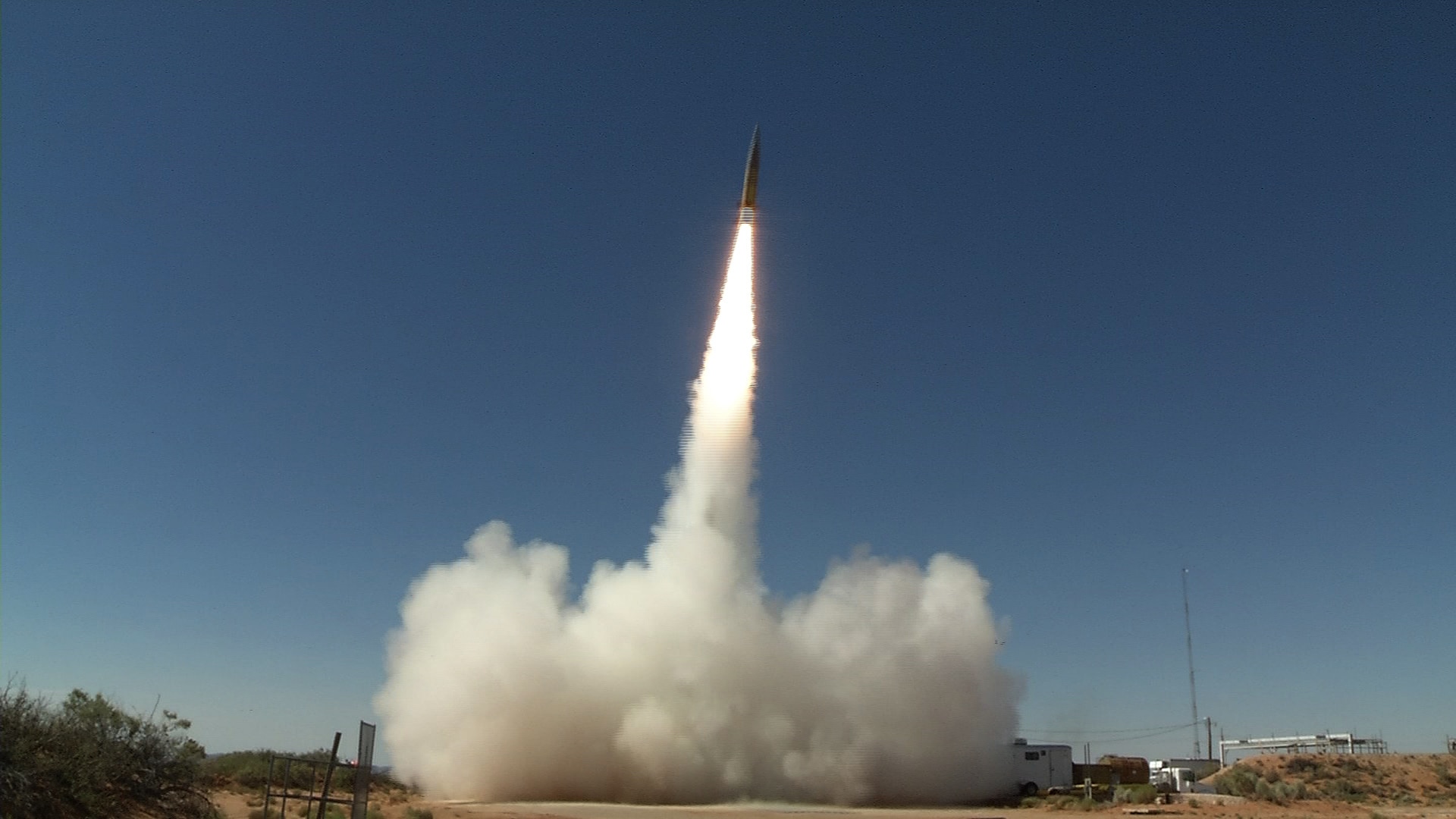The US Air Force announced a significant milestone in hypersonic weapons development with the successful test of the All-Up-Round AGM-183A Air-launched Rapid Response Weapon (ARRW) from a B-52 bomber over the Pacific Ocean. Conducted on March 17 from Andersen Air Force Base on Guam, the missile was launched towards the Reagan Test Site on Kwajalein Atoll in the Marshall Islands, marking a crucial step in demonstrating the United States’ capabilities in the rapidly advancing field of hypersonic technology.
The ARRW, designed for speeds greater than Mach 5 and equipped with maneuverable glide vehicles, targets high-value, time-sensitive objectives. This test, focused on the missile’s end-to-end performance, is part of a broader effort to catch up with China and Russia, who have made significant strides in hypersonic weaponry. China’s development of glide vehicles capable of carrying nuclear and conventional warheads since 2014 and Russia’s deployment of hypersonic missiles highlight the increasing global hypersonic arms race.
Despite this progress, the future of the ARRW program remains uncertain. Following several tests, including the first successful one in December 2022, and subsequent tests in 2023, the Air Force disclosed no plans for ARRW’s combat deployment. Although the 2024 fiscal year budget requested $150 million for the ARRW, the National Defense Authorization Act did not authorize funding for the program. However, recent statements suggest a potential reevaluation of the ARRW’s status in light of the advancements made by China and Russia in hypersonic technology.
Expanded Coverage:









